With an exciting design and great hardware, the POCO M3 Pro 5G ticks all the right boxes.
POCO is having a great 2021. The brand's latest launches in the X series — the POCO X3 and X3 Pro — are picking up momentum in India and the EU, and the POCO F3 is giving mid-range devices like the OnePlus Nord a run for their money.
But POCO's best-selling phones are in the M series, with the POCO M3 in particular turning out to be a standout success for the brand. The unique design combined with the gigantic 6000mAh battery and reliable hardware have made the M3 one of the best budget Android phones available today, and POCO is now looking to build on that success with the latest launch in the series, the POCO M3 Pro 5G.
As the name suggests, the M3 Pro is the first 5G-enabled budget phone from POCO. The phone is powered by a MediaTek Dimensity 700 5G platform, offering much better performance over the standard M3. There's also a 90Hz LCD panel, faster storage modules, and a bold design at the back.
If you've followed POCO launches over the last 18 months, you would have noticed that the hardware itself is similar to existing Redmi devices — the M3 Pro 5G is identical to the Redmi Note 10 5G. POCO acknowledged this fact when I interviewed the head of its global business Kevin Xiaobo Qiu and head of product marketing Angus Ng. POCO is instead aiming to differentiate itself on the design, and later in the year it will roll out exclusive software features.
So let's take a look at what the POCO M3 Pro 5G has to offer, and whether you should pick it up if you're in the market for a budget 5G phone.
POCO M3 Pro 5G
Bottom line: The POCO M3 Pro nails the basics: it has powerful hardware that delivers lag-free performance, amazing battery life with 18W fast charging, 5G connectivity, and a design that stands out from other budget devices. If you're in the market for a budget phone with 5G for under $250, you cannot go wrong with the POCO M3 Pro 5G.
The Good
- Great internal hardware
- 5G connectivity
- 90Hz LCD panel
- Bold design
- Stellar battery life
- 3.5mm jack and stereo sound
The Bad
- Camera struggles in low-light conditions
- No wide-angle lens
POCO M3 Pro 5G Price and availability
The POCO M3 Pro 5G was unveiled on May 19, 2021. The phone will be going up for sale in European markets starting May 20, and will be debuting in India sometime in early June. The device is available in three color options — POCO Yellow, Power Black, and Cool Blue.
The 4GB/64GB edition of the M3 Pro will be available for €179 ($218), and the 6GB/128GB model slotting in at €199 ($243). POCO is incentivizing the launch by offering introductory pricing from May 20 to May 22, where you'll be able to snag the 4GB model for €159 ($195) and the 6GB version for €179 ($218).
POCO M3 Pro 5G Design and display
POCO is looking to differentiate itself in the budget segment with unique designs, and that's the case with the M3 Pro as well. The design looks like a supersized version of the metal-encased housing that Samsung went with on the Galaxy S21, but with a few key differences.
The POCO M3 Pro has a unique design at the back — and it is available in yellow.
The camera housing itself follows a standard oblong design, and the island extends outwards vertically along the left. The island has a different finish to the rest of the back, and that two-tone finish makes the phone stand out. There's a large POCO label underneath the camera housing and a smaller "Designed by POCO" tag next to the POCO branding; POCO's clearly proud of how the M3 Pro turned out, so it added its name twice.
Of course, there's no metal here, with the entire back made out of plastic — just like the regular M3. The glossy texture is prone to dust and fingerprint smudges like no other phone I've used; it is a Herculean task to keep this device looking pristine. The phone itself is 18g lighter than the regular M3, and that's down to the smaller 5000mAh battery.
The M3 came with a bright yellow finish that made it feel fresh, and POCO is offering the same color options for the M3 Pro: POCO Yellow, Power Black, and Cool Blue. I'm using the black version, and while it is decent enough, the yellow model is clearly the one to get if you want a phone that stands out from the pack. The blue variant also looks rather nice, with the teal hue contrasting well with the camera housing.
Continuing with the design, the phone has gently curves at the back where the rear meets the mid-frame, and you'll find stereo sound, a 3.5mm jack, and USB-C charging. The phone has a side-mounted fingerprint sensor that's baked into the power button, and the volume rocker is one the same side. POCO is using the same side-mounted fingerprint sensor as the regular M3, and it is just as reliable in daily use.
Overall, POCO has once again offered a striking design that sets the M3 Pro apart from other phones in this category, and that yellow color option is particularly interesting. More of this, please.
There's an exciting design change at the front as well. The M3 Pro switches to a hole-punch cutout, making it look just that little bit more modern than the regular M3, which has a waterdrop cutout. The phone has a 6.5-inch LCD panel protected by Gorilla Glass 3, and this time, the refresh rate goes to 90Hz.
The default screen refresh is set to 60Hz out of the box, so you will have to go into the settings and change this to 90Hz. The panel itself is decent enough, but colors tend to hue cooler out of the box, so you will need to adjust the color balance manually. I found that the auto brightness feature doesn't work reliably, and I had to manually drag the slider to view the screen under sunlight.
It's great to see POCO bring a 90Hz panel to the budget segment, and like most of its devices, there's dynamic refresh to maximize battery life. Based on the content that's being viewed on the screen, the M3 Pro dynamically switches to 90Hz, 60Hz, and 50Hz, with an upcoming software update bringing 30Hz.
The panel on the M3 Pro isn't groundbreaking, but the high refresh rate makes daily interactions velvety smooth. The phone also has stereo sound with identical channels, making it that much more enjoyable to stream videos and play games on the device.
POCO M3 Pro 5G Performance
The key highlight with the POCO M3 Pro 5G is that it is using a MediaTek chipset. POCO rolled out a few devices in the entry-level C series featuring MediaTek hardware in the past, but this is the first time the manufacturer is doing so in global markets.
| Specs | POCO M3 Pro 5G |
|---|---|
| Software | MIUI 12 based on Android 11 |
| Display | 6.5-inch (2400x1080) 90Hz IPS LCD |
| Chipset | 2.20GHz MediaTek Dimensity 700 |
| RAM | 4GB/6GB |
| Storage | 64GB/128GB |
| Rear Camera 1 | 48MP ƒ/1.8 (primary) |
| Rear Camera 2 | 2MP ƒ/2.4 (macro) |
| Rear Camera 3 | 2MP ƒ/2.2 (portrait) |
| Front Camera 1 | 8MP ƒ/2.0 |
| Connectivity | Wi-Fi 802.11 ac, BT5.0, NFC |
| Battery | 6000mAh | 18W |
| Security | Side-mounted fingerprint |
| Colors | POCO Yellow, Power Black, Cool Blue |
| Dimensions | 165.8 x 76.7 x 8.8mm |
| Weight | 208g |
The Dimensity 700 is a very interesting platform because it delivers much better performance than the Snapdragon 662-toting M3. The chipset has two Cortex A76 cores that go up to 2.20GHz and six Cortex A55 cores that go up to 2.0GHz. There's a two-core Mali-G57 MC2 GPU, and of course there's dual SIM dual 5G connectivity.
I wasn't able to run 3DMark on the device (Xiaomi usually blocks benchmarking tools on embargoed devices), but I could see how it fared in Geekbench 5. The M3 Pro scored 557 in the single-core test and 1733 in multi-core, and they're on par with the Snapdragon 732G-powered POCO X3 — my X3 posted a score of 550 in the single-core test and 1774 in the multi-core.
The regular M3, meanwhile, posts 313 and 1400 in the single-core and multi-core tests. These sorts of synthetic tests aren't really indicative of real-world performance, but we at least get an estimate as to how the chipset holds up in ideal conditions. As for daily use, the M3 Pro feels much more fluid than the regular M3. Day-to-day tasks like browsing in Chrome and scrolling through Instagram was a breeze, and the M3 Pro held up much better than the standard variant at most games.
The fact that it is on par with the POCO X3 should be welcome news if you're eyeing the phone. The Dimensity 700 is a great budget design, and you even get 5G connectivity. The M3 Pro is available with 4GB of RAM and 64GB of storage, and 6GB of RAM and 128GB of storage. POCO is also adding marginally faster UFS 2.2 as standard; the regular M3 had UFS 2.1 for the 64GB model and 2.2 for the 128GB version.
The POCO M3 Pro is significantly faster than the standard model, and it has 5G.
As for 5G connectivity, the global version of the M3 Pro has 5G bands n1/n3/n7/n8/n20/n28/n38/n40/n41/n66/n77/n78. These bands will vary by region — the Indian model is likely to offer much more limited 5G connectivity to save costs. The phone also gets Bluetooth 5.1, and while the global unit I'm using has NFC, the Indian model will not have the feature.
Coming to the battery side of things, the M3 Pro has a 5000mAh unit with 18W fast charging. Xiaomi bundles a 22.5W charger in the box that has a USB-A connector, and you also get a USB-C to USB-A cable. The battery life isn't quite as great as the standard M3, but you'll still get well over a day's worth of use. With medium use, you can easily go two days between charges. The 22.5W charger takes over 2 hours to fully charge the phone, and that's fine; this is a phone that need to be plugged in overnight.
POCO M3 Pro 5G Cameras
POCO hasn't changed things on the camera front. The M3 Pro offers the same 48MP camera as the standard M3, and you miss out on a wide-angle lens here as well. The phone has two 2MP modules — a macro and a portrait lens — and you won't get much usage out of these.
It's a shame that POCO didn't do more on the camera side of things, considering the hardware and screen got a noticeable upgrade over the M3. The brand could have differentiated the phone by adding a wide-angle lens, but that isn't the case.
The camera interface itself is unchanged, and you can easily access all the shooting modes, toggle HDR, AI, flash, access Google Lens, and more. Video recording is limited to 1080p at 30fps as well, but you do get a manual mode and a dedicated night mode.
Because the phone has identical sensors, it takes photos of the same caliber as the regular M3. Shots taken in daylight conditions come out with plenty of detail and are great for sharing on social platforms, but things start to fall apart in artificial or low-light scenarios. The camera takes too long to dial in on a subject, and the resultant photos have washed-out colors and visible noise levels.
The dedicated night mode goes a long way in fixing some of the more egregious issues, but the M3 Pro is far from the best camera you'll find in this category.
POCO M3 Pro 5G Software
POCO differentiates itself from MIUI on Xiaomi and Redmi phones in a few ways. MIUI for POCO has more modern icons, and you won't find any ads in the interface. POCO was also the first to introduce an app drawer, and it continues to offer new software features. On that front, POCO says that it will start delivering exclusive software features to its devices starting later this year.
There's less bloatware than previous launches, and POCO UI will deliver exciting new features.
POCO will still use MIUI, but it will start rolling out unique features on its devices, and it is likely the UI will be rebranded to POCO UI. We'll have to wait and see how that plays out, but for now, what you need to know is that MIUI for POCO is marginally different to what Xiaomi offers on its own phones.
The M3 Pro runs MIUI 12.0.5 based on Android 11 out of the box, and there's significantly less bloatware than the standard version of the M3. Xiaomi has done a great job cleaning up MIUI with the Android 11 update, and that's immediately evident when you get started with the M3 Pro 5G. MIUI 12 has been around for a while, and I'm excited for the device to make the switch to MIUI 12.5. Xiaomi is giving you the ability to uninstall system apps with MIUI 12.5, and that means whatever Xiaomi services are present on the M3 Pro can be uninstalled.
The Android 11-based version of MIUI 12 includes all the new features in the OS, and I didn't run into any issues in the week I used the M3 Pro. The only thing is that icon sizing is too big out of the box (they end up looking cartoonish), but you can easily adjust the sizing from the settings.
POCO is trying to do a better job with software updates, and while the brand notes that it will deliver two platform updates to the M3 Pro and three years of security updates, it usually takes its time in rolling out stable builds.
POCO M3 Pro 5G The competition
The POCO M3 undercuts the likes of the POCO X3, making it a particularly great value. If you're looking to save some cash and don't need 5G, the POCO M3 is still a solid option, and you get a larger 6000mAh battery.
If you want truly great cameras, the Redmi Note 10 series is a better option to consider. Xiaomi's budget series has AMOLED panels as standard, robust hardware, 33W fast charging, and stellar cameras in this segment.
The Realme 8 5G is also a great alternative to the M3 Pro. The phone features the same Dimensity 700 chipset, has a 48MP + 2MP + 2MP camera configuration, 90Hz LCD panel, and a 5000mAh battery with 18W fast charging. The phone takes marginally better photos thanks to Realme's software tuning, but other than that, the device is identical to the M3 Pro.
POCO M3 Pro 5G Should you buy?
You should buy this if ...
You want a budget phone with 5G
The POCO M3 Pro is powered by MediaTek's Dimensity 700 platform, and it lowers the barrier to entry for 5G. The phone has global 5G bands and dual-SIM 5G, and if you're thinking of switching to a 5G phone on a budget, this is a great option.
You want a 90Hz panel and great hardware
The hardware on offer here holds up just fine in daily use. Whether you're scrolling through your Twitter feed or playing visually-demanding games, the phone manages to keep up without any issues. The 90Hz panel also makes interactions that much more fluid.
You should not buy this if ...
You need a great camera
The M3 Pro features the same 48MP camera as the standard M3, and while it holds up pretty fine in daylight scenarios, low-light photos have a lot to be desired. If you want a budget phone that takes great photos in all conditions, you should take a look at the Redmi Note 10 series.
You're looking for a wide-angle lens
While the 48MP camera on the M3 Pro takes great photos, the phone is missing a wide-angle lens. So if you need the versatility that a wide-angle lens offers, you'll have to pick up the POCO X3 or another budget phone.
For what it costs, the POCO M3 Pro is one of the best phones available in its category. Debuting at just €179 ($218), the phone undercuts the X3 while offering the same level of performance and 5G connectivity. It's no wonder, then, that POCO is ending sales of the X3 and launching the M3 Pro in its stead.
The phone is lag-free in daily use, has a striking design, decent cameras, outstanding battery life, and gives you dual-SIM 5G connectivity. The software situation is also much better; the M3 Pro runs MIUI 12 based on Android 11 out of the box, and there's significantly less bloatware than the standard M3.
So if you are in the market for a 5G-enabled budget phone and need something for under $250, the POCO M3 Pro is a fantastic choice.
POCO M3 Pro 5G
Bottom line: The POCO M3 Pro 5G shows that you don't need to pay over $250 to get a reliable budget phone with 5G connectivity. The phone has a bold design, hardware that's built to last, and excellent battery life. All things considered, the M3 Pro is one of the best phones POCO has released to date.
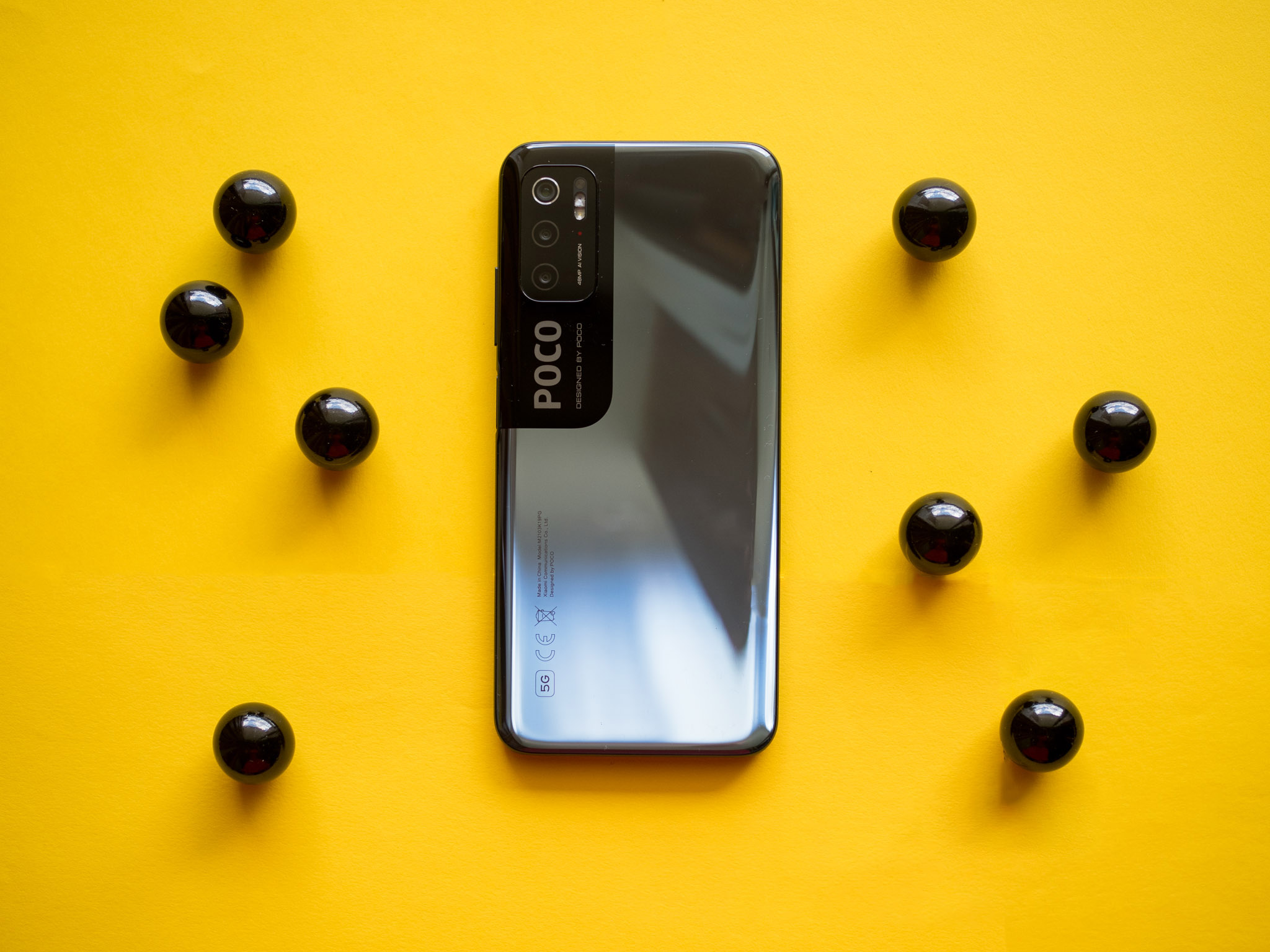
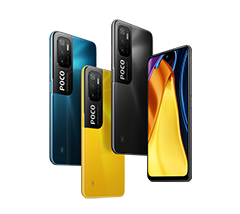
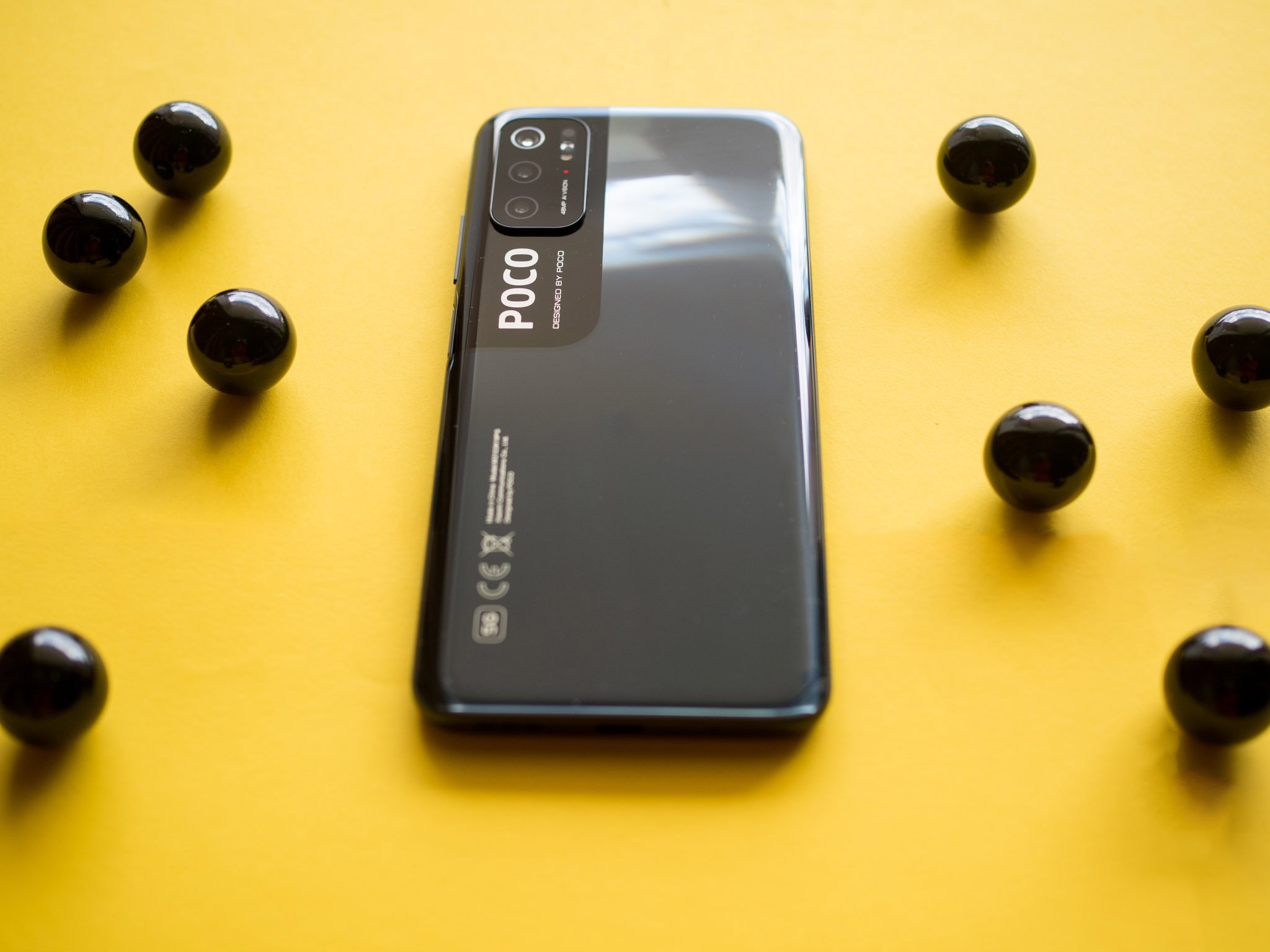
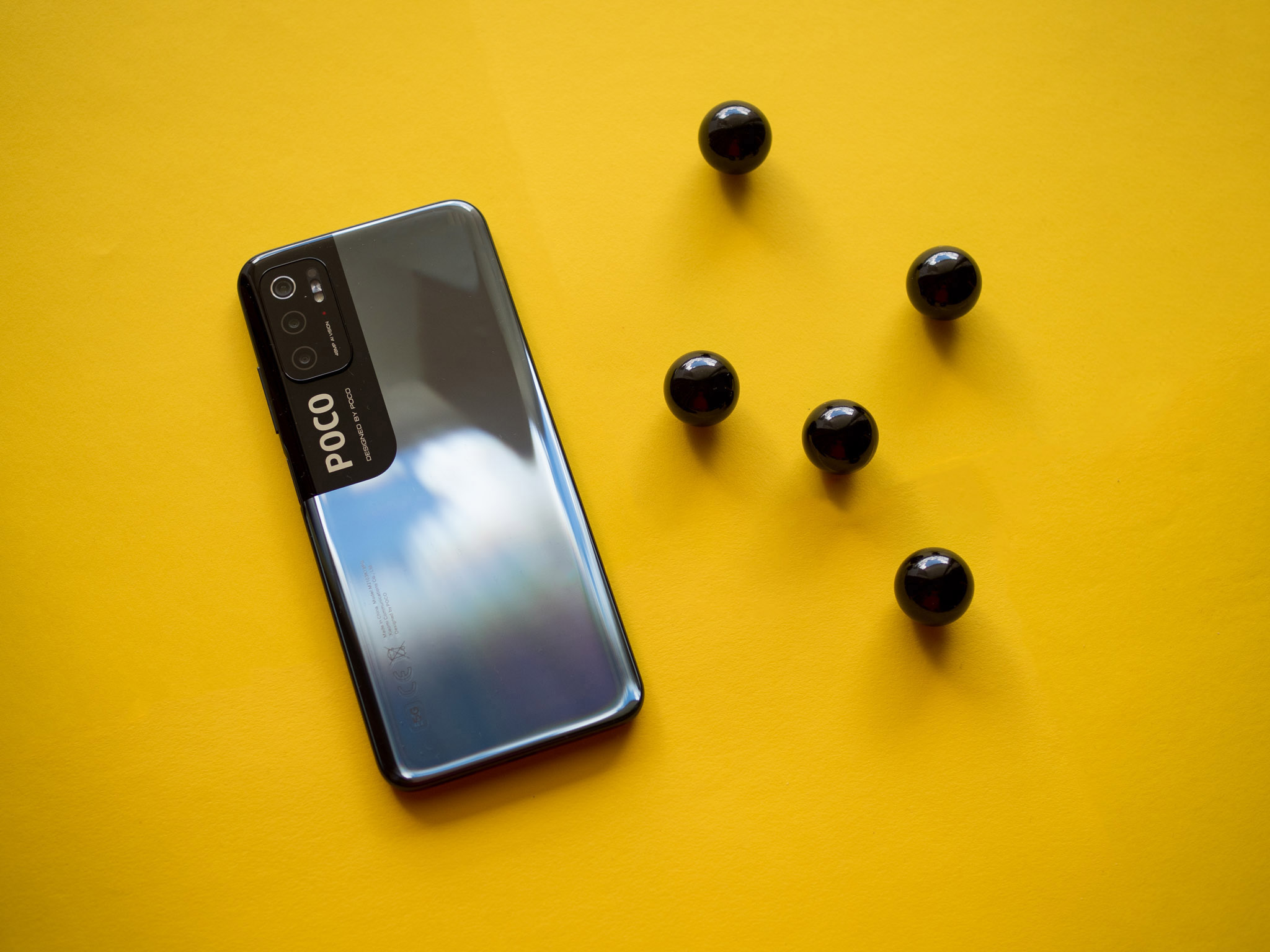
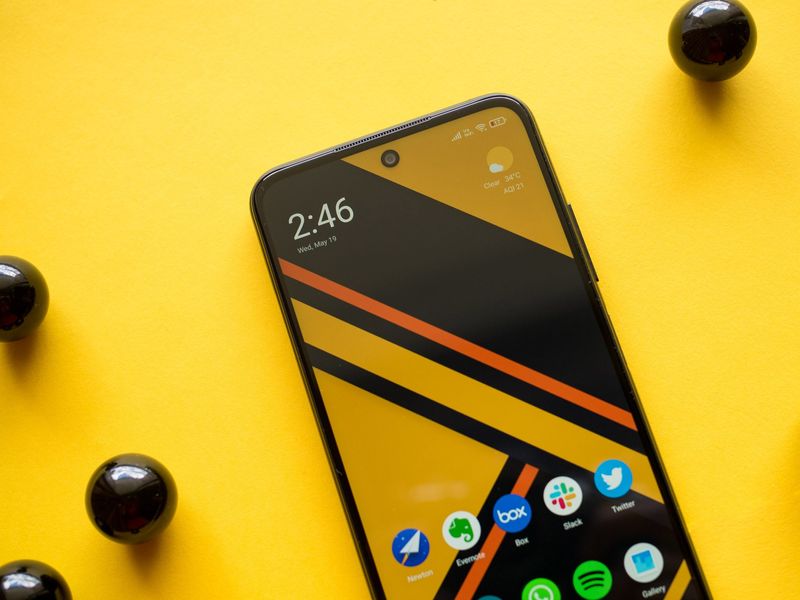
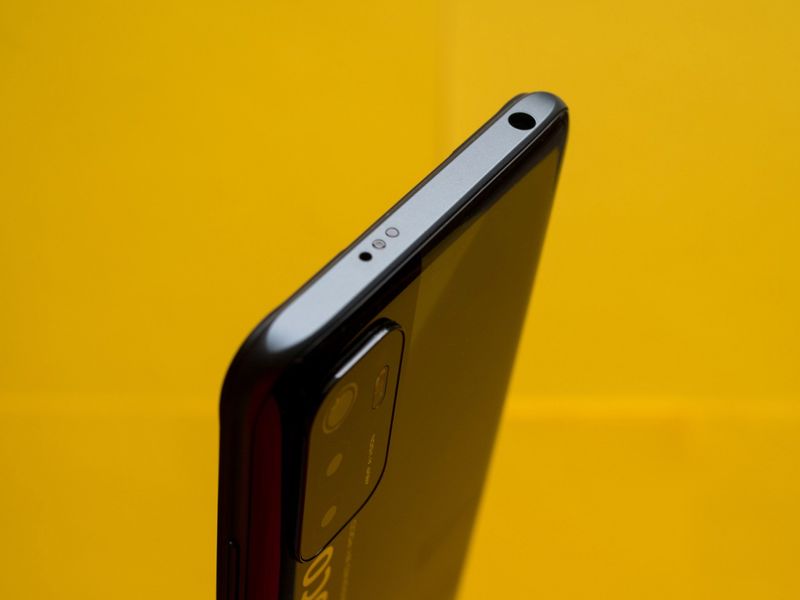
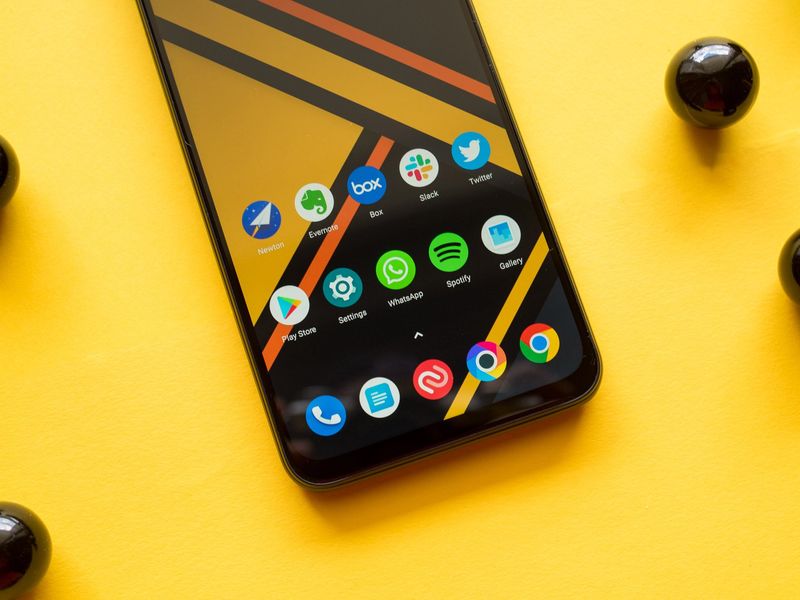
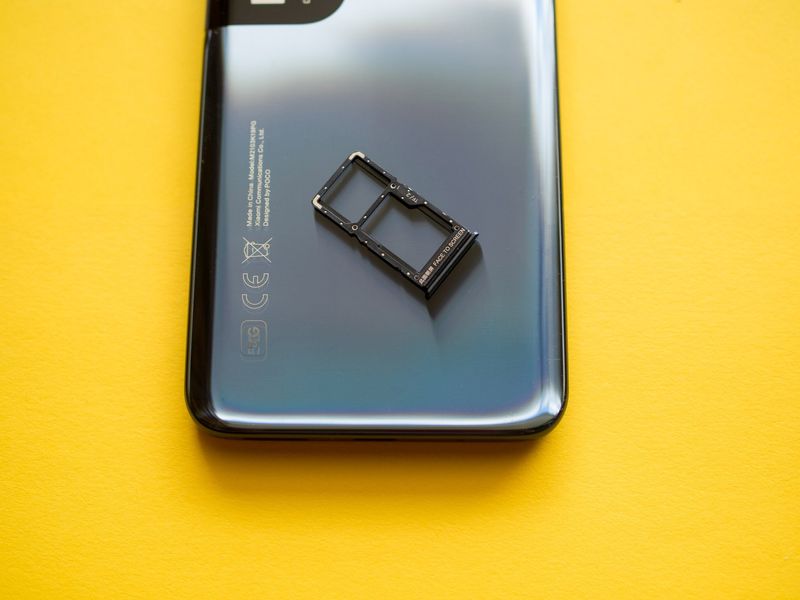
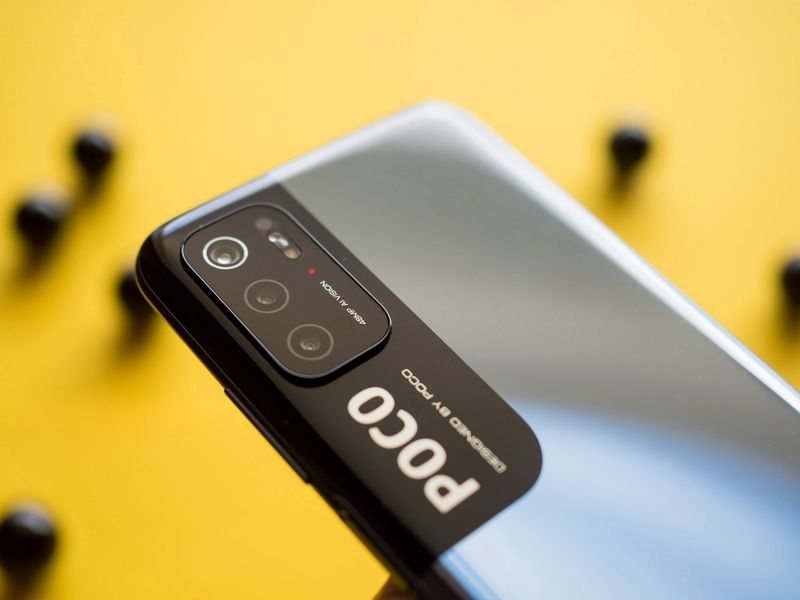
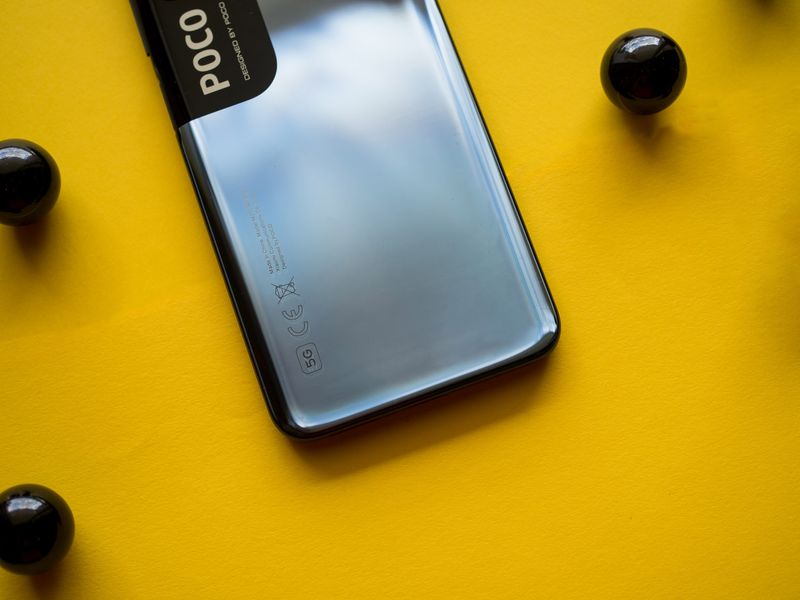
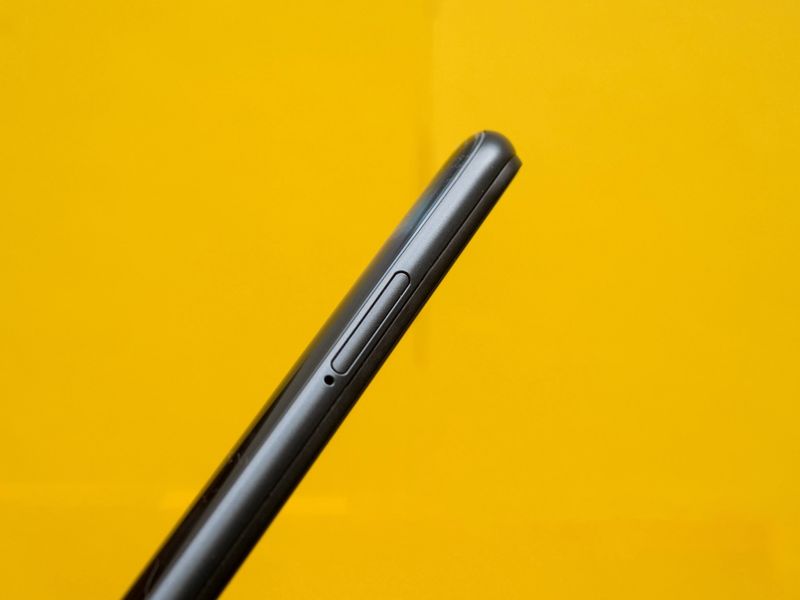
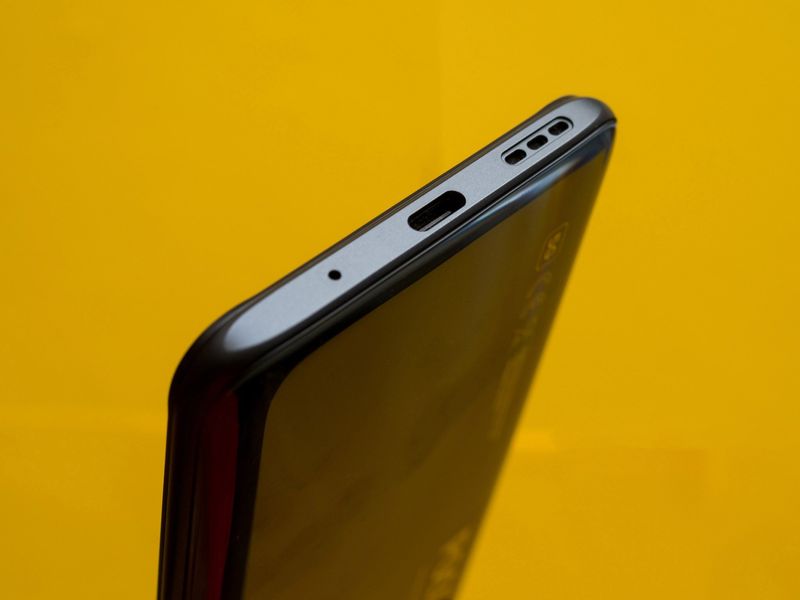
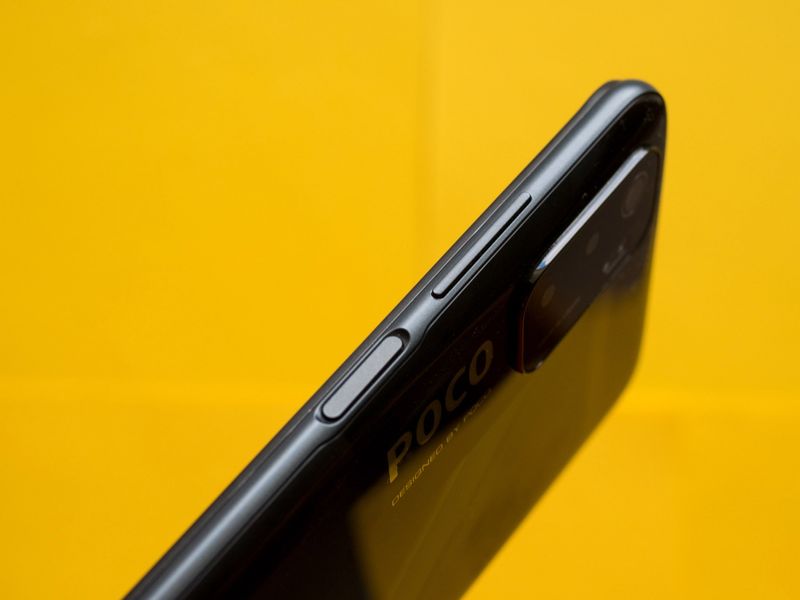

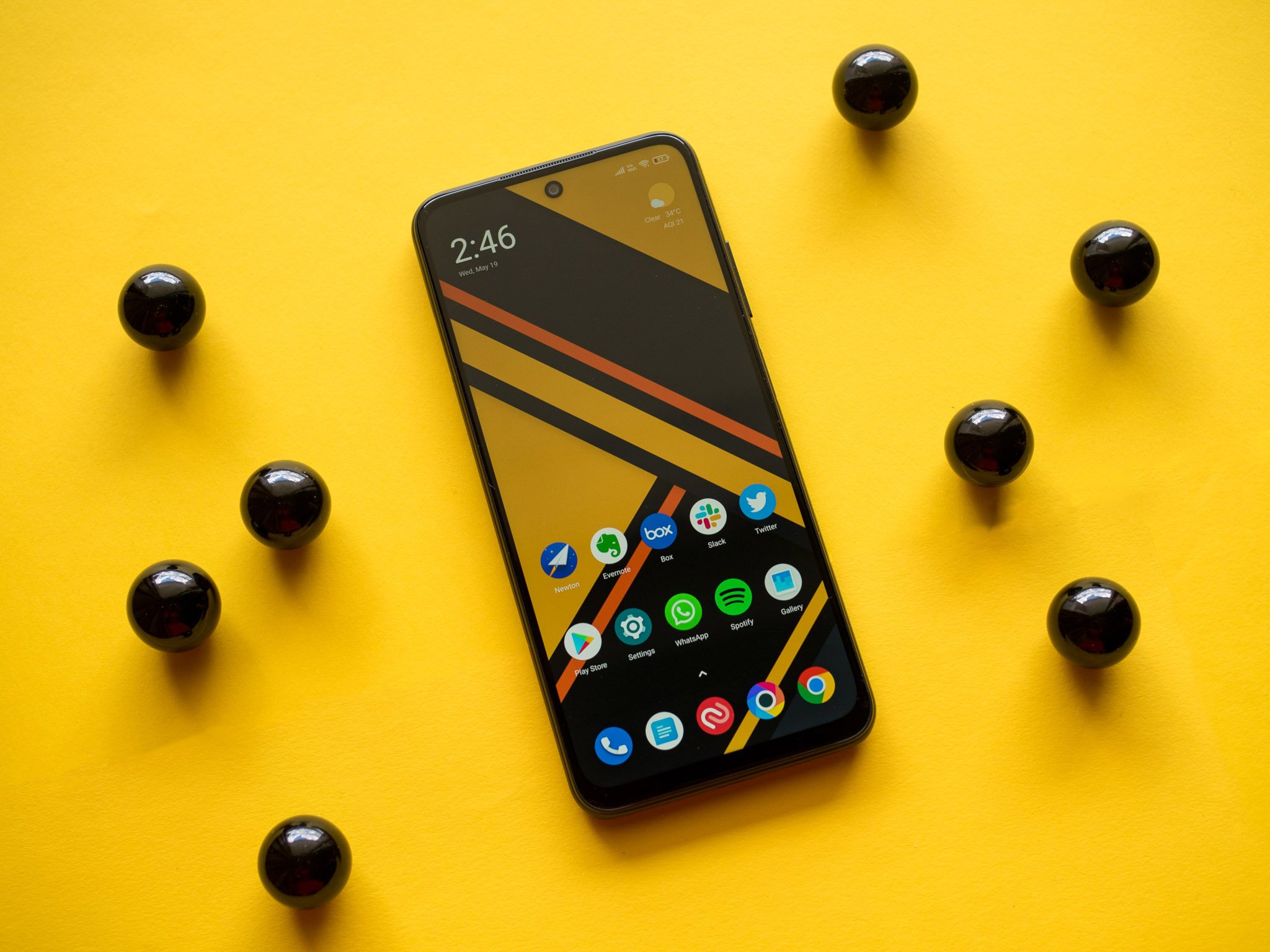
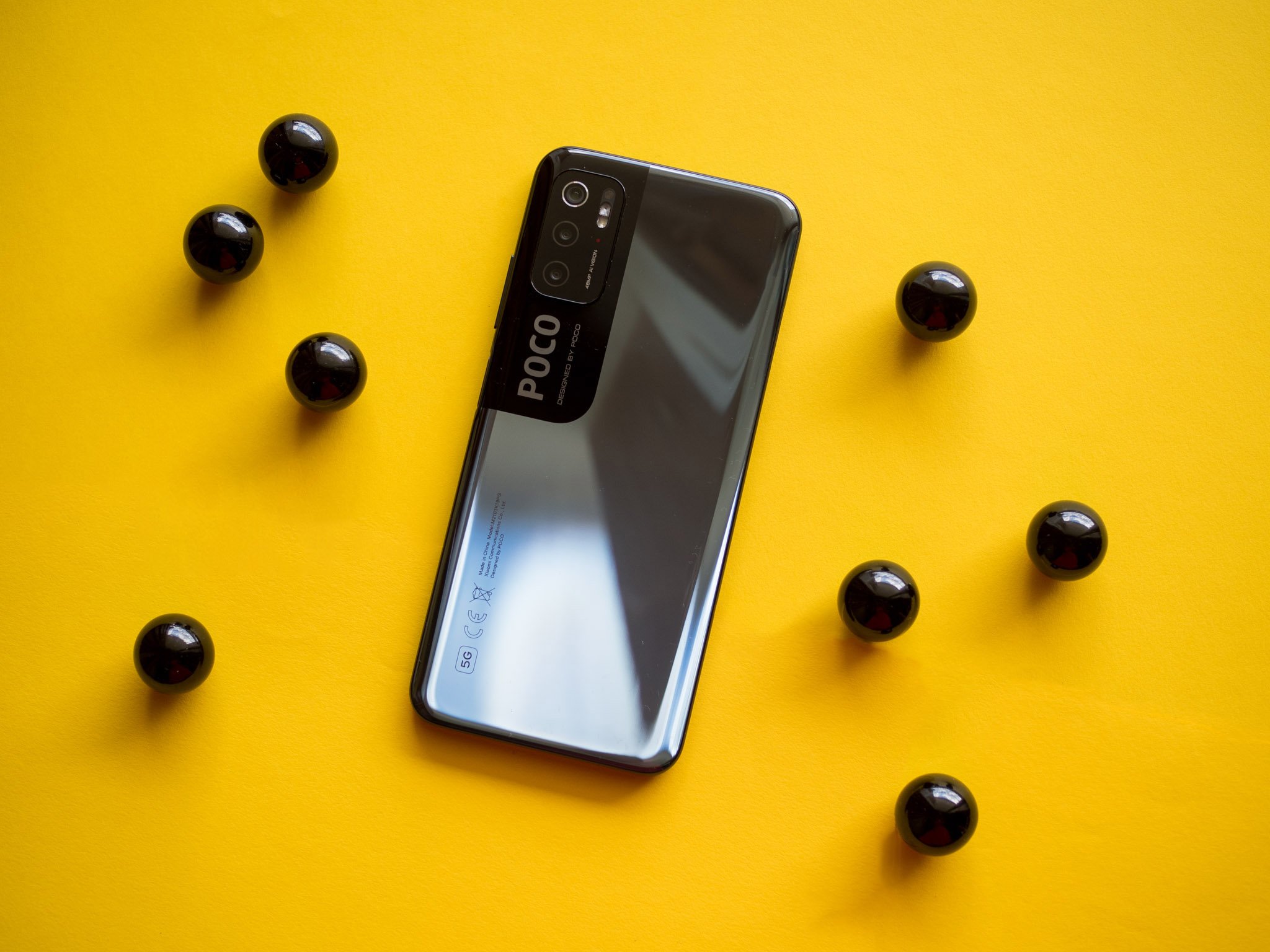
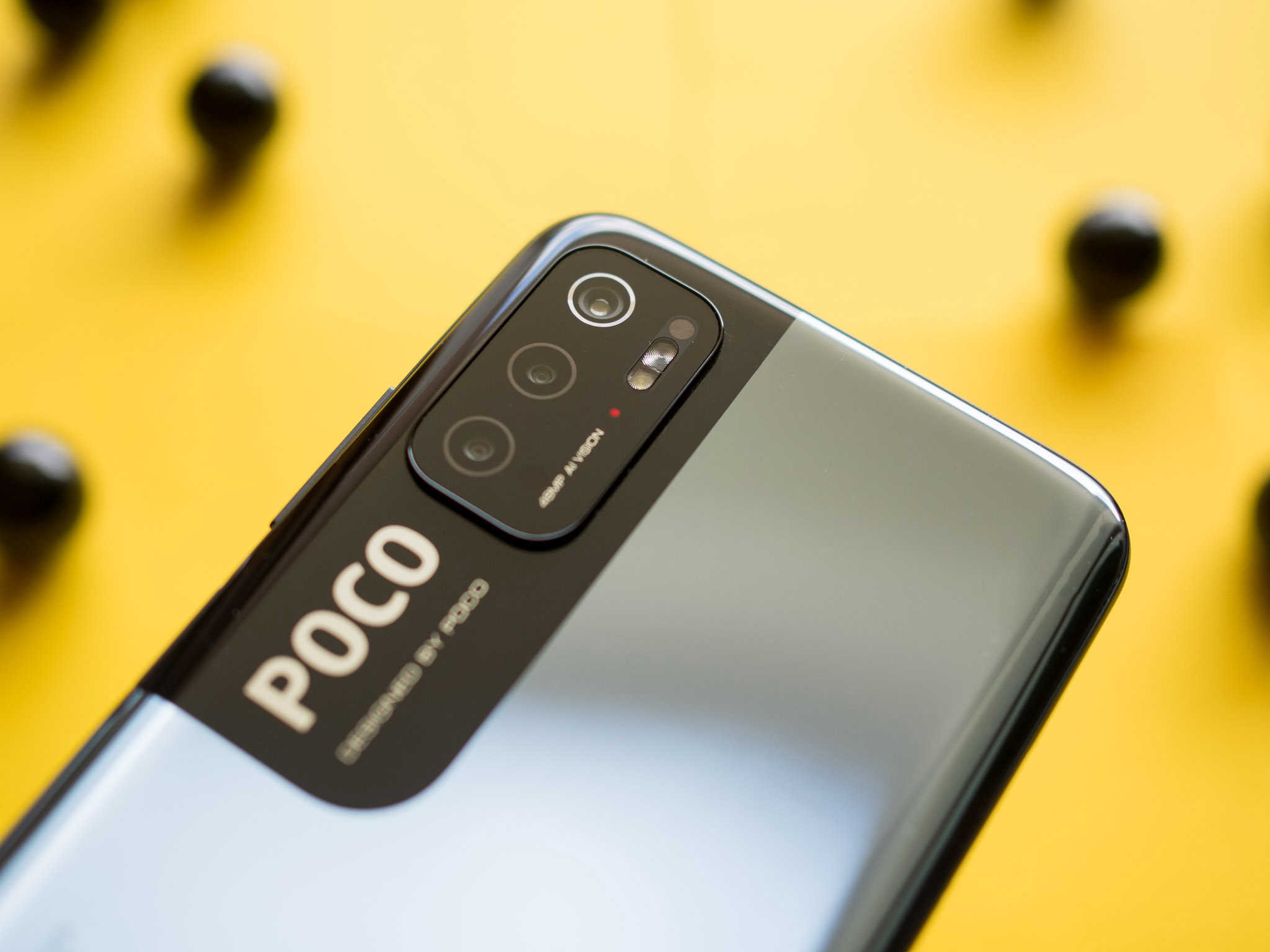

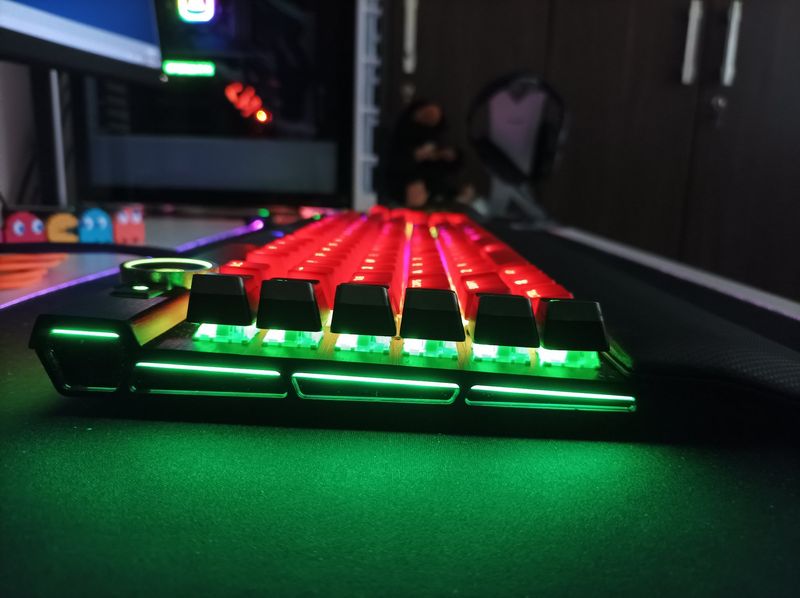


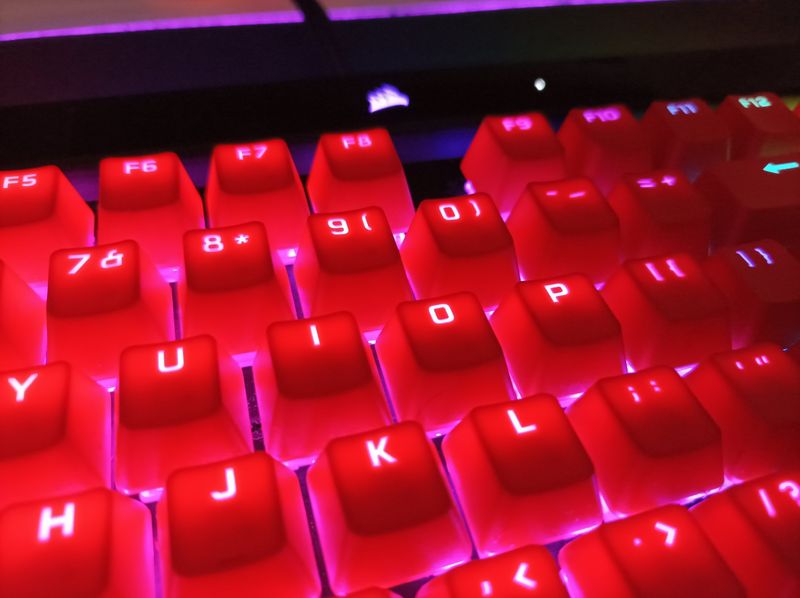

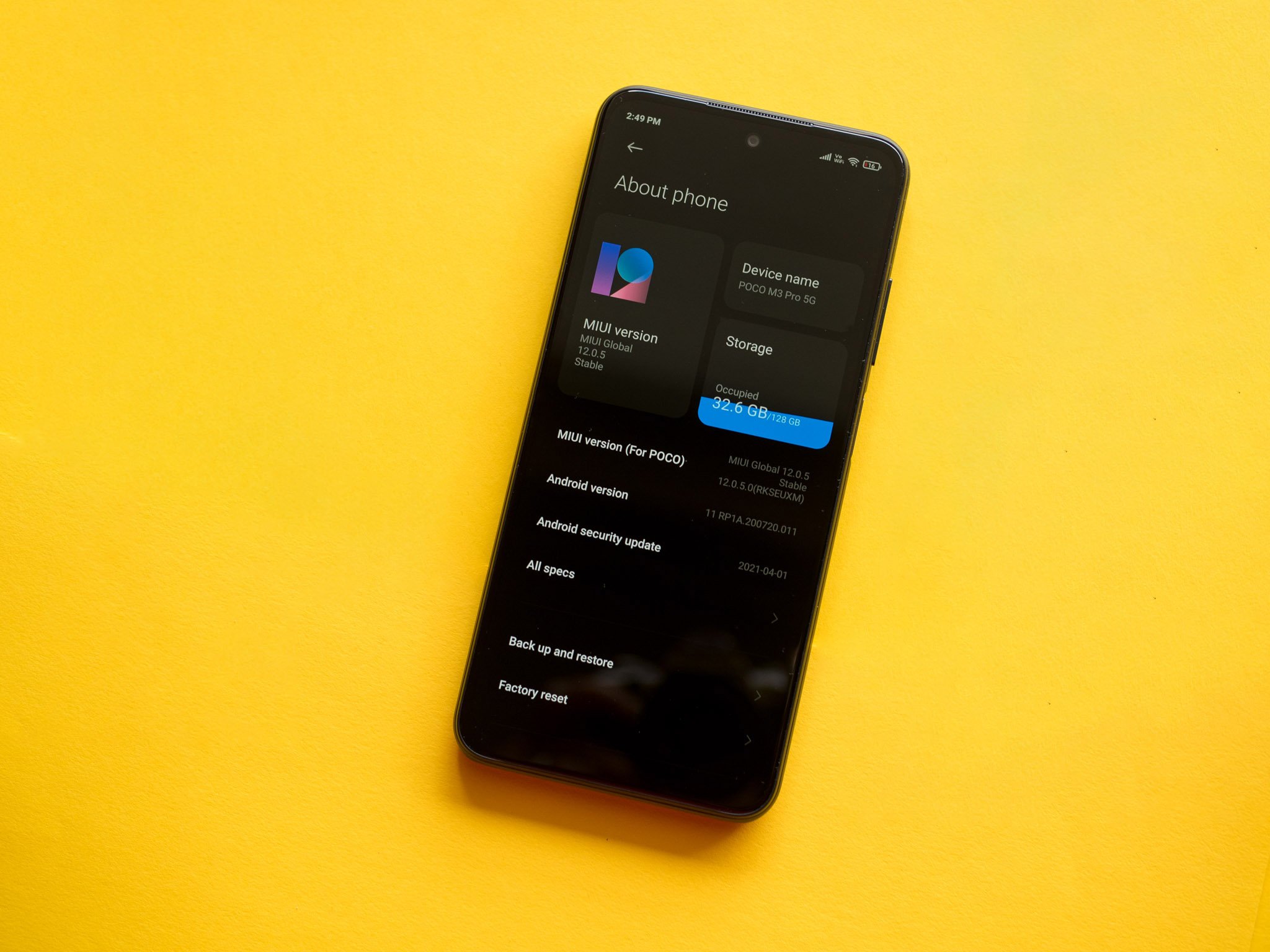
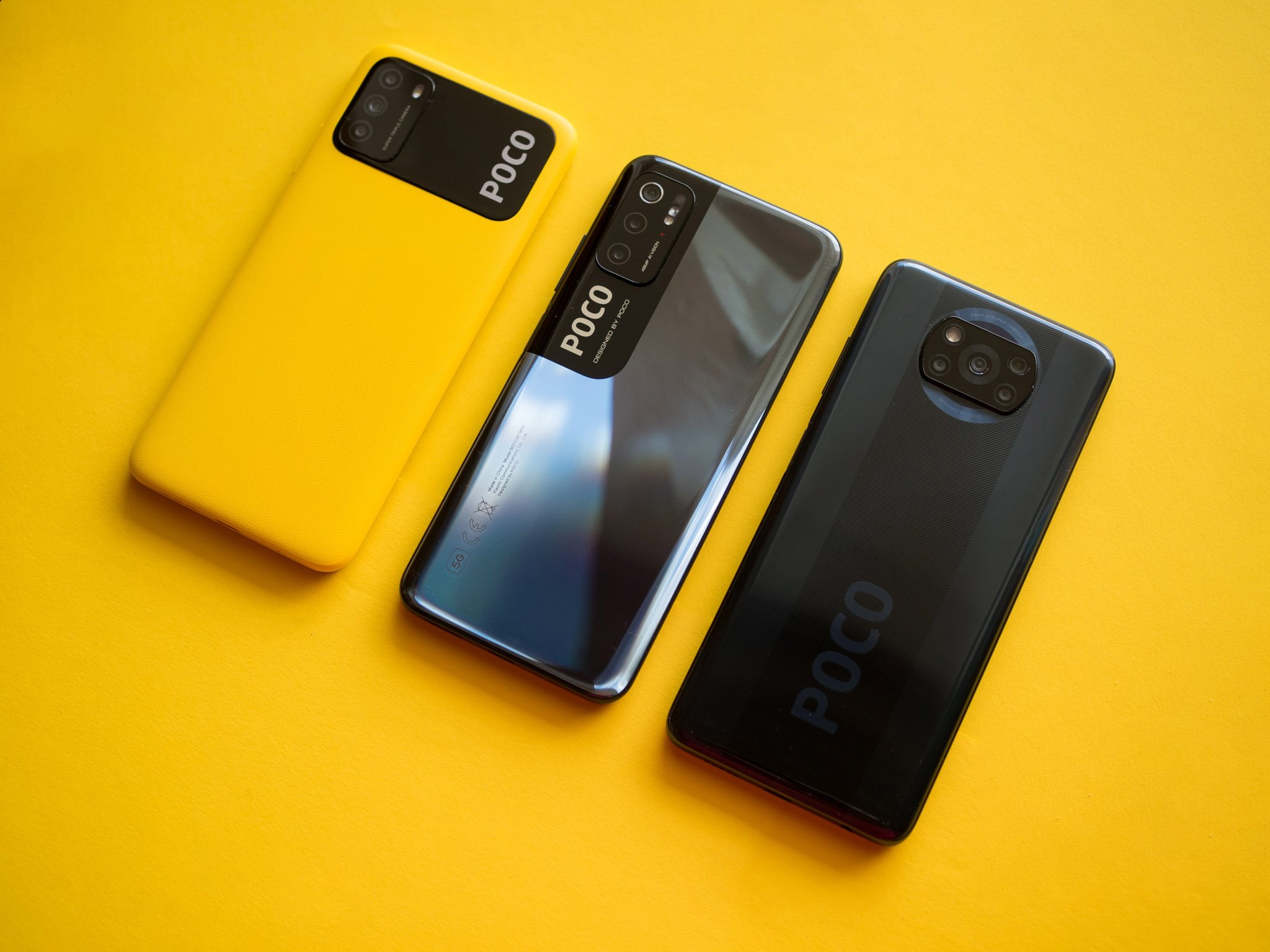
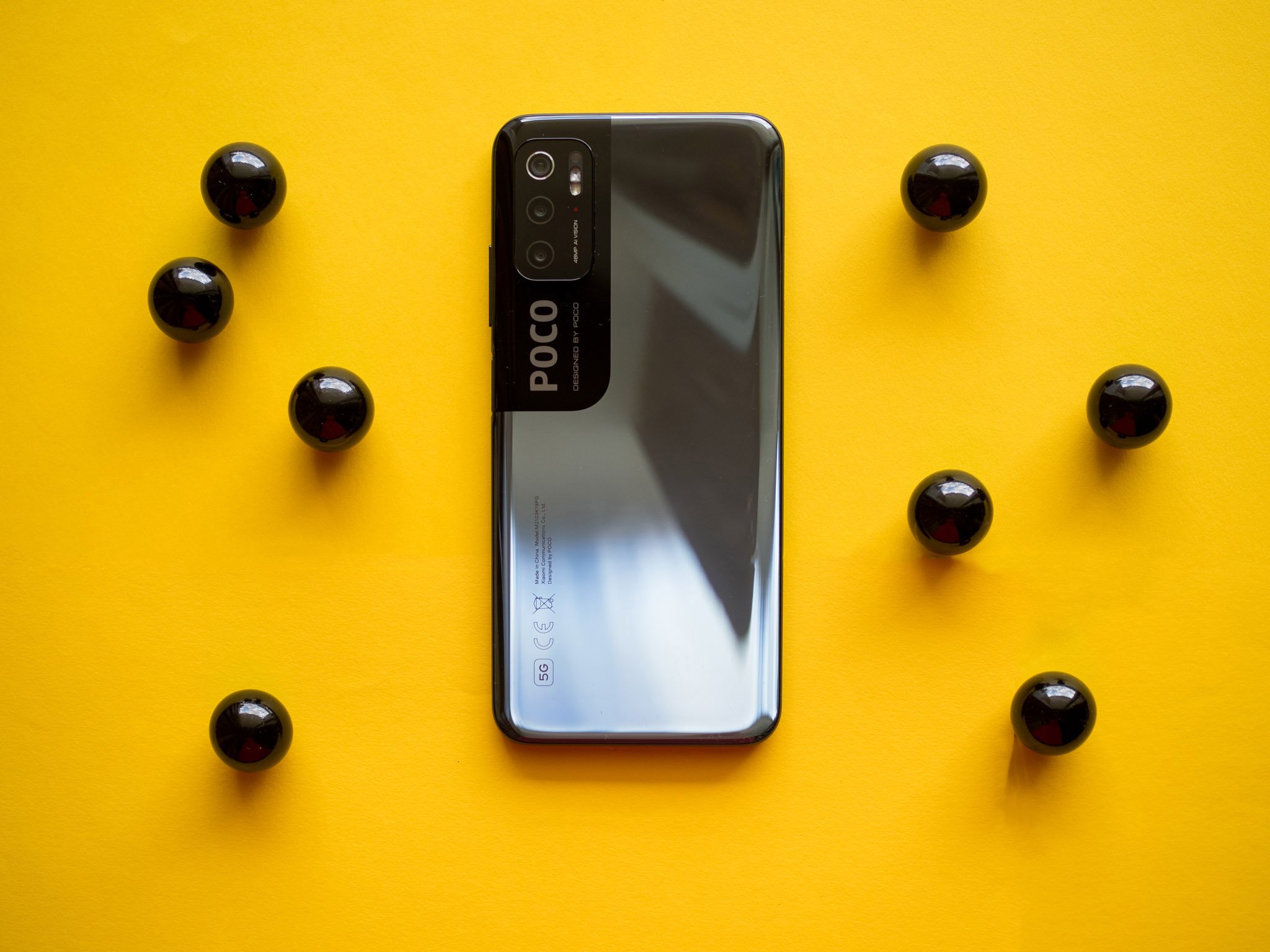
0 Response to "You Can See More: POCO M3 Pro 5G review: A truly great budget 5G phone"
Post a Comment